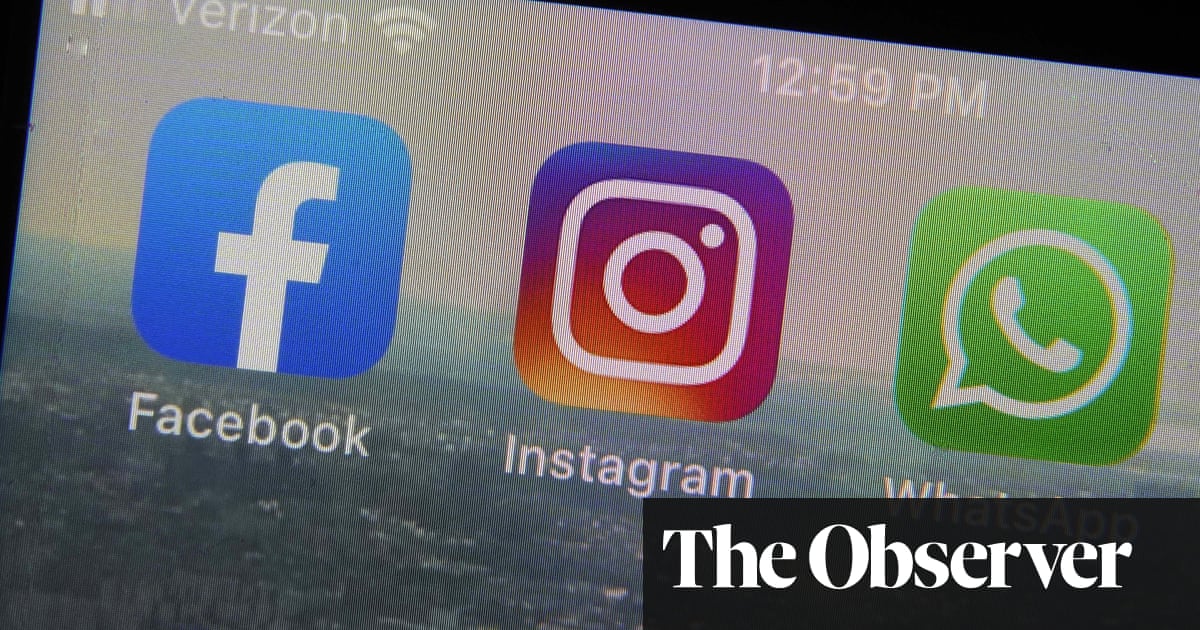Labour is already dominating the online general election campaign | General election 2024


The video opens with an old clip of Cilla Black singing her classic ‘Surprise, Surprise!’. The caption reads “POV: Rishi Sunak turns up at your 18th birthday to send you to war.”
This appeared on Labour’s TikTok account the day after the Conservatives launched their national service policy. It fitted perfectly with TikTok’s meme-heavy, wry and sarcastic culture and has been watched 4.5 million times. The video racked up almost 700,000 likes, more than double the likes on all the Tories’ TikToks put together.
The 2024 general election will be the most online election ever. But as our digital lives get more complex and people’s methods of getting information and interacting with each other diversify, so the campaigns must take their digital footprints farther afield.
Online campaigning has changed dramatically. There are more platforms, with voter-siloing as a byproduct. Voters discuss politics with friends in private spaces like WhatsApp groups now, rather than public spaces like Facebook walls. There is more money for parties’ digital teams. And online campaigning is now totally ubiquitous. All this has implications for the nature, scale and approach of the parties’ digital operations.
The election announcement shocked Westminster. But it should not have shocked the PM’s own party. Yet during week one, it was Labour that had a smoother launch, with content hammering away at a single, simpl message – “change” – while the Tories laboured to get their operation going. Labour’s content on social media feels more nimble, more accessible and of higher quality. Sunak’s operation comes across as scrappier and thrown together.
If this is a TikTok election, then Labour is walking it. But is this a TikTok election? In a word, probably no. So what is happening online? Away from the excitement of X and TikTok, the big battle for voters’ attention is through paid media: targeted Facebook and Instagram posts, ads that show up when a voter googles something. Videos played before football highlights on YouTube. Here, Labour is also out of the gates a lot faster. During Sunak’s Downing Street speech, more than 150 local Labour candidates launched slick, on-message, locally targeted video ads, pumping their message out in key seats before tight election spending limits kicked in a week later. According to numbers from the ‘Who Targets Me’ monitoring website, Labour outspent the Tories by £350k to £50k on Google/YouTube in the first week and by about £500k to about £200k on Facebook. There is a widely held perception that the Conservatives have a huge war-chest to spend online in this campaign. If that’s true, they’re holding it back for later.
Digital campaigning comes down to a few fundamentals: a clear message, the ability to create content that carries the message in a way that delivers the desired response, and the money and methods to get that content in front of the right people. Aside from digital communications to reach voters, parties are trying to use them to mobilise their own activists.
Supporters on Labour’s email list are getting much higher traffic with requests for donations and to join canvassing sessions. I am told Labour raised more than £1m in the first 48 hours of the election. Both parties will use email, social media and video to persuade members and supporters to get active offline, too, knocking on doors and making phone calls to potential supporters.
But what about voters? How does any of this help everyday people? For all the ills of social media toxicity, the advent of digital campaigning and communication has opened up new spaces and ways for voters to learn about parties and candidates, and to be participants in the election. People want to engage actively online, not just be passively served content.
after newsletter promotion
The non-partisan campaigning community I lead kicked off the campaign with a survey of our supporters, asking what they wanted to see under a new government. Almost 100,000 people have now taken part. The parties have the power and the money, but ultimately it is up to voters to join in, listen and engage – or not. The best digital operations will be listening to what voters are saying online, not just pushing their own content.
Matthew McGregor has worked on digital election campaigns for Barack Obama, the Labour party and Australia’s Labor party. He is CEO of 38 Degrees, a not-for-profit campaigning community
Source link




